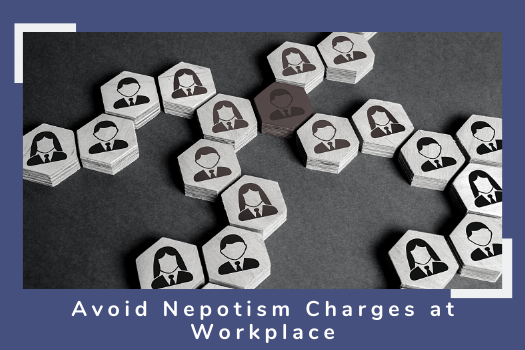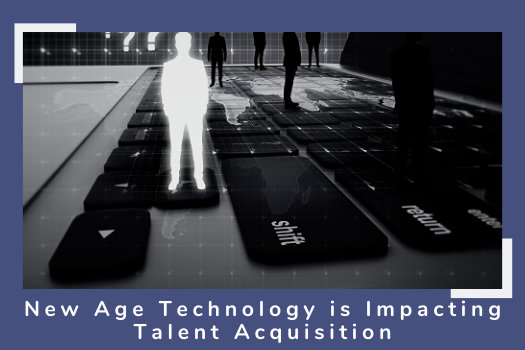Measure success on results, not on time worked
Continuous and structured learning leads to greater impact Shilpa uses this mantra to enable her learners to believe in the benefits of change through training.
Shilpa is a passionate L&D professional specializing in People Development, Leadership Development, Performance management, Employee Engagement, Diversity, and Culture.
She is a certified NLP practitioner from NFNLP, Florida, and HBDI practitioner from Hermann UK.
Her strengths lie in her ability to relate to her audience, thus creating an environment for open communication & learning, and her strong belief that inclusion is the key to an organizations success.
She is from Bangalore and has worked in Gurgaon and Mumbai before settling back in Bangalore.
Some of the organizations that she has worked with are Aditya Birla Minacs, Kelly Services, IBM India, I Train Consultants, Royal Bank of Scotland, and currently with Deluxe Entertainment.
When she has free time, you will catch her traveling, reading, writing food reviews, making YouTube videos, singing, or doing a dance workout with her 5 your old daughter.
Thank you, Shilpa, for agreeing to do this interview with us. Kindly be as candid as you can.Lets Start!!!
How does the pandemic year affect you? What changes, professional and personal, does it bring into your life?
Pandemic has definitely affected my professional and personal life drastically, with my work being remote and my daughters schooling being virtual too. Managing work, home-schooling, personal and social aspects of life has been a challenge.
I think a lot of us have spoken enough about the challenges that the pandemic year has brought to us. I would like to focus on some of the positive changes that the pandemic has brought into my life.
Professional life With most of our employees working remotely, we had to change our L&D approach towards learning. All our courses had to be made virtual or digital courses. With this change, I have learned and updated myself with new technology, new tools and new methods of training which would not have happened if not for the pandemic.
We have consciously opened up more channels for communication to ensure we are connected to all our employees at all times.
My change readiness quotient has improved a lot in terms of tolerance for ambiguity, in the past year. As a person who requires a lot of details and has the habit of planning everything to the Tee, I have learned to work with a lot more ambiguity than I used to before.
Personal life While working from work, I have got to spend more time with my family, pursue some of my passions (read as baking and home improv) which I always wanted to but had no time for. One of the best things that have happened in my personal life is that I am more involved in my 5-year-old daughters schooling now. Due to online classes, I know her teachers, know the names of her classmates, I know what she is learning & how, and I have also learned something with her every day in her classes.
The new normal requires a new definition for work-life-balance. In your role, do you think work-from-home is a boon or a bane? What challenges, if any, did you face in maintaining a work-life balance? What will be the new definition of work-life-balance?
In my role, I think permanent work-from-home is not something that might work very well. As there will still be some employees working from the office, occasional face-to-face engagement is a must. Personally, I think it is both boon and bane for different aspects of my work.
One of the challenges that I faced in maintaining work-life-balance while working from home was not being able to compartmentalize work and home because it was difficult to draw the line between work time and home time. With teams working across locations and shifts, being flexible and available was the key expectation.
Post-Pandemic, in the new normal, what will be the critical expectations of CEOs from their Learning & Development Leaders?
Post-Pandemic, there will be teams that will be permanently working remotely, and others will be working from the office. I think the expectation will be that the L&D teams continue virtual training, e-learning, and blended courses to cater to both remote workers and office goers. The focus would be more on self-paced learning and bite-sized learning courses. We might slowly move away from traditional classroom training to more virtual Instructor-led training which can engage both remote working employees and employees working from the office at the same time. That is the way to bring both worlds together.
COVID-19 has exposed leadership unpreparedness in managing crisis. As an HR Leader, how will you prepare future leaders to manage crises of this magnitude? What NEW LEADERSHIP COMPETENCIES will become necessary for the success of a leader?
One of the things that I noticed that the leaders struggled with during this crisis was the Emotional Quotient. I think EQ is one of the most important skills/competencies for leaders who are dealing with and managing a crisis.
Leveraging EQ in crisis management will help leaders manage their own emotional quotation while they try to manage employees Emotional Quotient.
A crisis of this magnitude is overwhelming for everyone and during these times, employees look up to their leaders for answers, directions, and compassion. Leaders need to focus a lot on empathy in their communication while dealing with employees during crisis and empathy is one of the big elements of EQ.
Also, as leaders a human too, it is important to manage their own emotional quotient before communicating with their employees.
As per your experience, in a virtual environment, what are the key elements to ensure meaningful collaboration and accountability among team members?
- Set mutual expectations - When working with a remote team member, it is vital to ensure that lines of communication are open and that expectations are set and met, on both sides. Check with them how often you would both like to communicate and in what way. Stick to the commitments to building trust.
- Get team members across locations and shifts together more often Find ways and communication tools to get the entire team together at least once or twice a month.
- Create common/ shared goals amongst team members so they work together and be more accountable.
- Communicate via means other than emails use channels to have personalized communication like video calls instead of an email or an audio call.
- Give feedback more regularly - Help your team members by giving them regular and constructive feedback, make sure to emphasize the positive so that they are confident in moving forward even when feeling far away from the rest of the team.
- Have some fun together as a team fun games to know each other better to work better.
Lastly, what you see L&D Leaders doing 10-years hence? How will their role transform? What will they START Doing, STOP Doing, and CONTINUE doing?
L&D leaders will wear more hats than just the traditional role of designing training courses and deploying them. L&D leaders will start being more involved in the strategic visioning & goal setting of the organization, creating organization culture and change management.
Start Use of technology in all aspects of L&D, focus more on microlearning, digital leaning, personalized learning/employee-led learning, employee/workplace wellbeing, diversity, and inclusion focus on community and belongingness amongst employees.
Stop stop or reduce relying only on traditional classroom training for learning. Making learning mandatory; rather than making it exciting so employees are willing to learn voluntarily.
Continue Focus on soft skills for professional development, change management, employee engagement, upskilling and reskilling.






